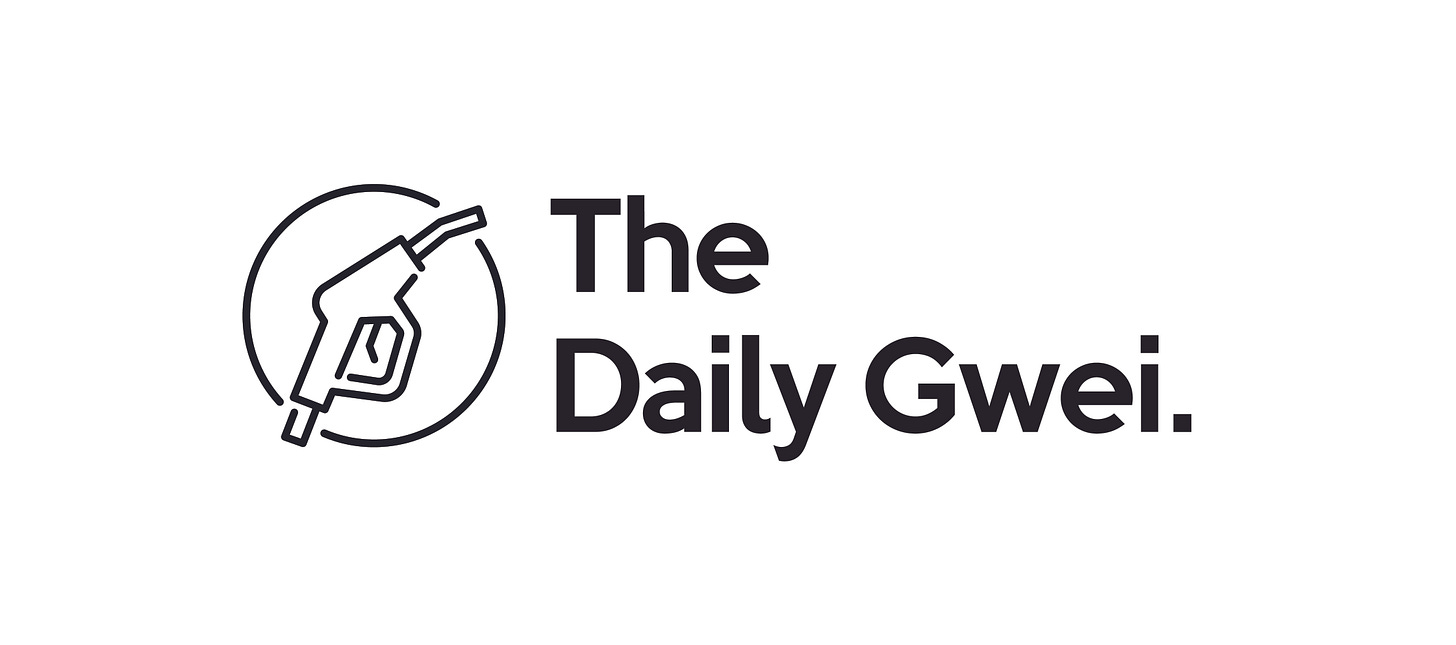Quantifying Layer 2 - The Daily Gwei #232
Exploring how to measure the true growth of layer 2's on Ethereum.
We all know that the promise of layer 2 is that it’s going to dramatically improve Ethereum’s scalability and significantly reduce gas costs for users. Though, how do we quantify these savings for users? Well, easy, you just take the transactions done by users from layer 2 and then apply the average gas cost of layer 1 to them. By doing so, Immutable was able to calculate that their layer 2 implementation has saved users an incredible $2.4 million over just 2 weeks of being live (in alpha). This then begs the question - how do we quantify the other metrics for layer 2’s?
Now, you may be wondering, doesn’t this just represent what users may have paid and not what they would of been willing to pay? Yes, of course, but I think the point is just to show that on layer 1 the costs are high which would’ve prevented many users from actually doing their transactions whereas currently on Immutable, it’s 100% free. This means that Immutable has actually unlocked $2.4 million of gas worth of transactional activity that may not have happened on layer 1!
As the rollout of layer 2 continues, these metrics may become a lot less relevant and I expect better ones to emerge over time. If we take what metrics are used on layer 1 to measure growth, it’s usually trading volumes, loan originations, fee revenue and total value locked. I think that these same metrics can be used at layer 2 but things like trading volumes will have to probably be measured more carefully. For example, because transaction fees are either extremely cheap or free on layer 2, it becomes very easy for anyone to “spoof” volumes on decentralized exchanges. Though DEXs do have their own fees (such as the 0.3% fee you pay when swapping on Uniswap) but you could imagine someone just creating their own dummy token pool and trading with their own liquidity to fake volumes. So in this case, we’d need to filter out all of these dummy tokens using various heuristics (how many token holders are there, how many unique liquidity providers, is the trading activity normal etc).
On top of all of this, just because individual fees are basically non-existent at layer 2, doesn’t mean that layer 1 fees are going to come down but this isn’t a bad thing! Essentially, layer 2’s act as a “wrapper” for users and basically pay a fee (in ETH) to secure themselves on layer 1. As you can imagine, the layer 2 itself doesn’t care that the fees are high because it will either be collecting a lot of revenue in aggregate transaction fees or be subsidizing the cost in some other way. Long-term the most economical solution would be to just charge something like a fraction of a cent on every transaction and use that to pay for layer 1 fees but there are other ways to generate revenue too (such as MEV capture, native token inflation and more).
It’s still extremely early days for the layer 2 landscape and a lot of what I mentioned above will probably change and evolve significantly over the coming years but it’s always fun to speculate! I look forward to seeing what ingenious ways people come up with to measure the “true” activity on layer 2’s - it’s gonna be wild.
Have a great weekend everyone,
Anthony Sassano
Join the Daily Gwei Ecosystem
All information presented above is for educational purposes only and should not be taken as investment advice.





nicejob
nicejob